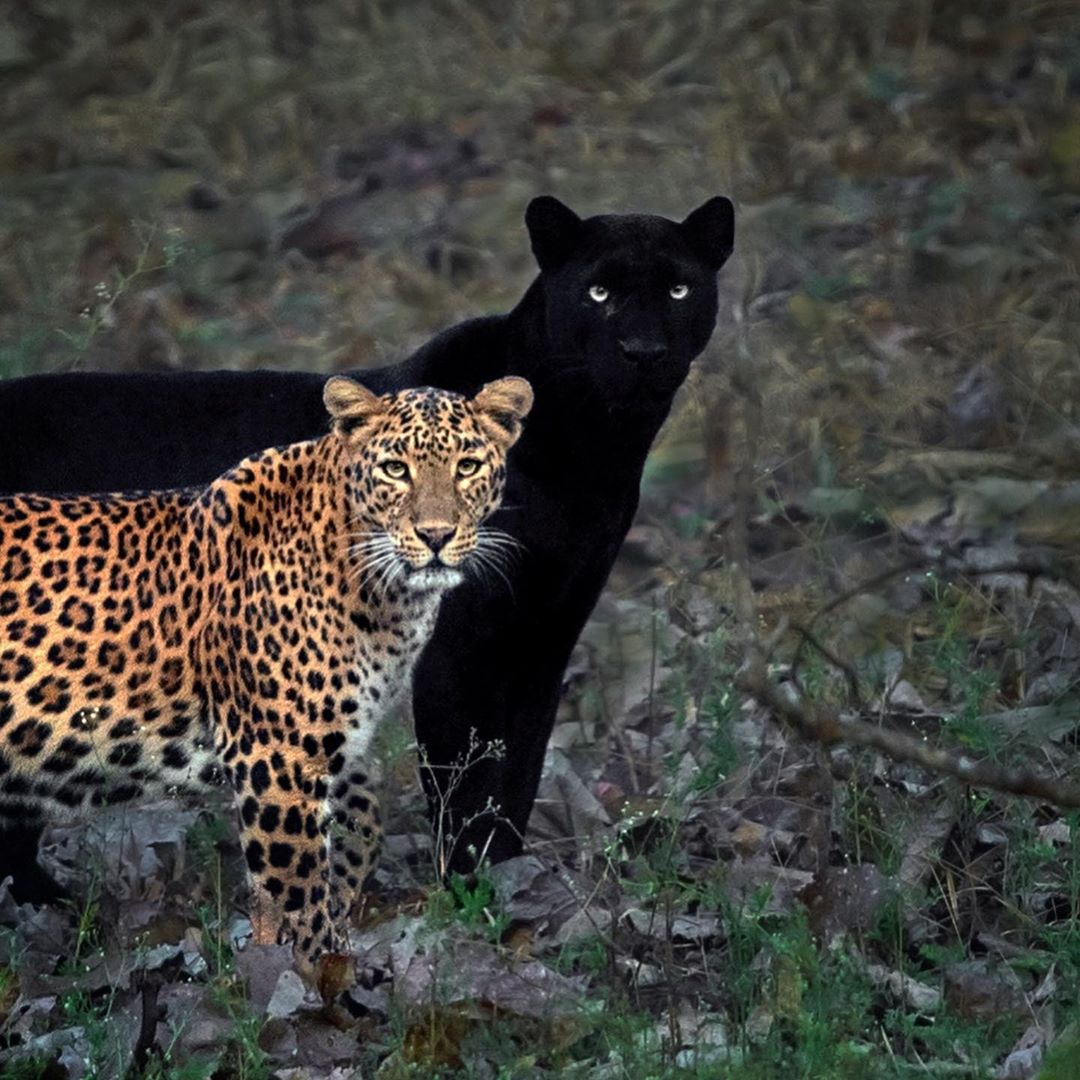"Lost causes are the only ones worth fighting for"
Remember when the Jonathans -- Franzen, Lethem, Safran Foer -- first roamed the earth? Novelists could still have careers as novelists
What Bond villains tell us about the world we live in BBC
Heron becomes NYC icon after being pictured devouring rat for breakfast in Central ParkIndependent
ROBERT SPENCER: Communist China Is Taking Advantage of Biden’s Weakness on the World Stage. “It’s hard not to see China’s new belligerence toward Taiwan as yet another core element of the Biden legacy: When America projects weakness to the world, malign actors take advantage. Nor is this even anything new; the ChiComs began acting aggressively toward Taiwan just days after Old Joe took office.”
The Only Trick of Friendship
“‘You won’t understand what I mean now, but someday you will: the only trick of friendship, I think, is to find people who are better than you are — not smarter, not cooler, but kinder, and more generous, and more forgiving — and then to appreciate them for what they can teach you, and to try to listen to them when they tell you something about yourself, no matter how bad — or good — it might be, and to trust them, which is the hardest thing of all. But the best, as well.'”
-Jude St. Francis to Felix Baker in A Little Life by Hanya Yanagihara
The Societal Benefits Of Public Nudity
Roberto Calasso tributes
Italian publisher Roberto Calasso died last month (see my mention), and at the Literary Hub they now have a nice collection as: 'Friends and Colleagues Remember the Late Writer and Legendary Publisher', in A Tribute to Roberto Calasso.
One-man band delivers stunning street
Eternal Artifice: ‘Cuadecuc, Vampir,’ ‘Martin,’ and the Deconstructed Vampire
Sam Moore / September 1, 2021
The most striking moments in 1971’s Cuadecuc, Vampir, Pere Portabella’s experimental recreation of Bram Stoker’s Dracula entirely through behind-the-scenes footage of Jesus Franco’s 1970 adaptation of the novel, are the ones that have less to do with the vampire himself, and more to do with the illusions that are constructed and broken apart through cinema. Scenes where a train passing by ruins a take, or the curtain being pulled on how the special effects are made and used. These scenes show not only the ways in which the vampire myth continues to be reinvented throughout cinema, but also the ways in which it can be deconstructed. The cinematic vampire is a fragile thing, not only for its many vulnerabilities—sunlight, crosses, garlic—but for the ways in which it can be rendered hollow, a construction. The vampire as seen on film becomes a perfect example of how horror—as a genre, as a feeling—is created and recreated.
Vampirism is at the heart of cinema history. F.W. Murnau’s 1922 Nosferatu is one of the early examples of the medium’s great potential, and the iconic image of Count Orlock’s shadow looming large over a wall as he ascends a staircase to find his prey has lost none of its power. But if footage were revealed that showed how the filmmakers achieved it, then some of that magic, that fear, might be lost. Cuadecuc gambles on this, on the idea that watching Christopher Lee step in and out of a coffin between takes will weaken the fear that his Dracula inspires; but instead it captures how that fear is constructed, and is able to turn it into something else. The counterpoint of legitimate horror—the imagery in Cuadecuc, with its looming shadows and stark, black-and-white photography reminiscent of Nosferatu, with behind-the-scenes interludes—becomes a meditation on horror itself, a way of trying to understand why the things that scare us get under our skin. It’s about the relationship that the vampire myth has with the history of cinema, and how this archetypal, mythical figure can change with the times.


